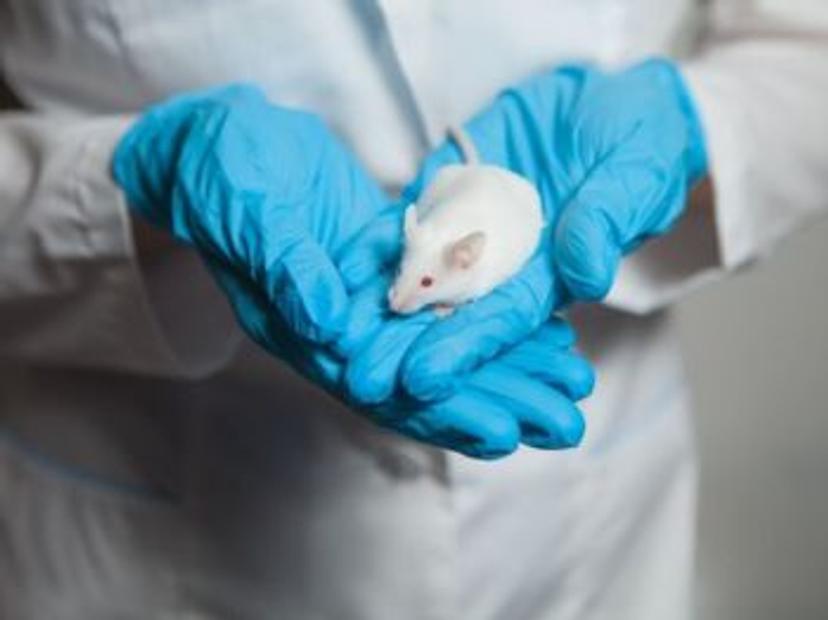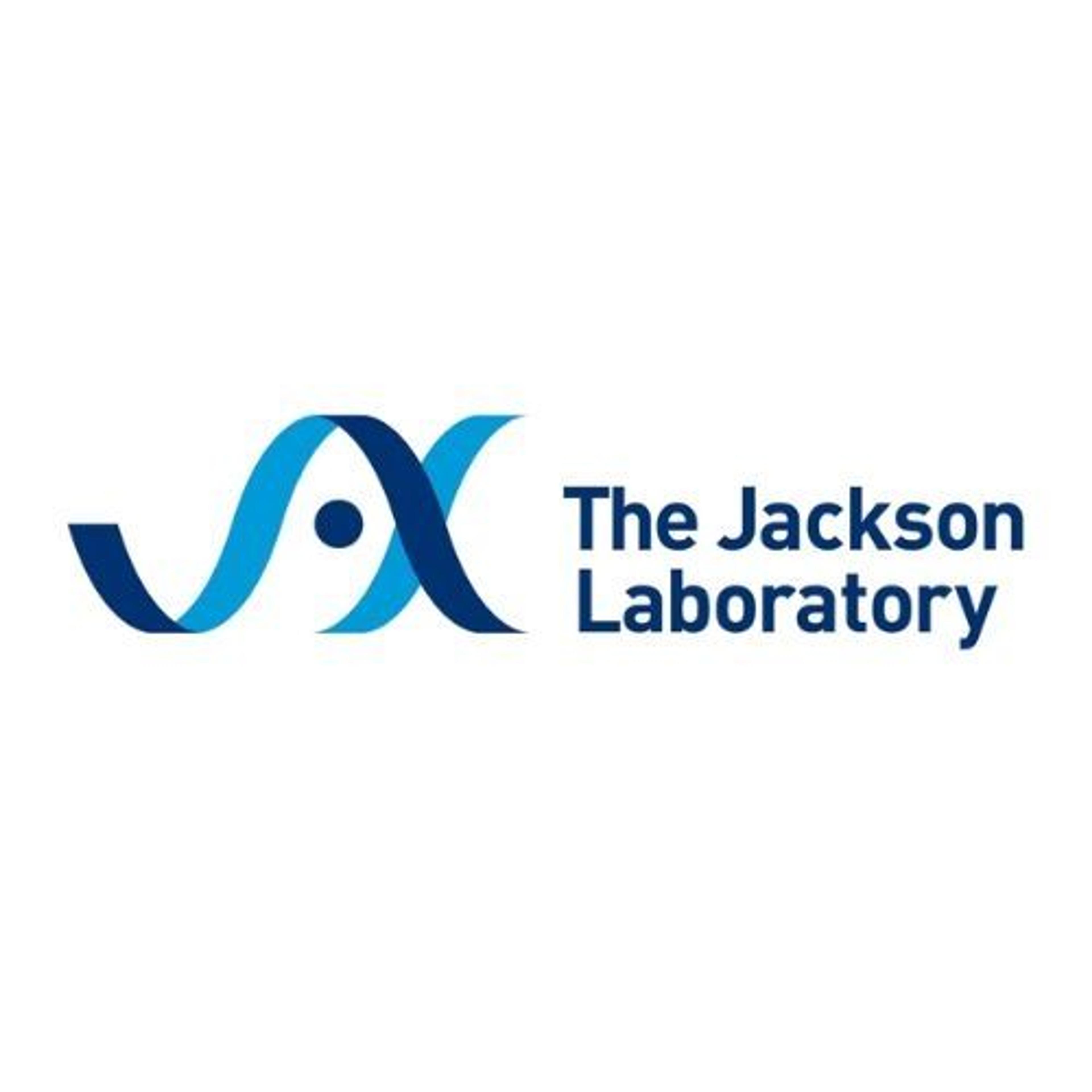Harness a centralized mouse model repository to align your lab with the three Rs and address data variability
Improve animal welfare and ensure data consistency in your lab with help from The Jackson Laboratory, a centralized provider of mouse models
22 Nov 2023

Partnering with a centralized provider of mouse models can increase laboratory animal welfare and reduce data variability in your experiments.
With increasing awareness about the importance of animal welfare and ethics in research, it is more crucial than ever to adapt workflows to align with the three Rs (replacement, reduction, and refinement) while continuing to improve data accuracy.
The Jackson Laboratory (JAX) is a mouse repository committed to improving animal health and minimizing the stress and suffering of its mouse models, with the Rs principles at the core of the company’s processes. Furthermore, its Animal Health Programs and stringent genetic quality standards ensure the reproducibility and validity of your experimental data.
A centralized mouse model repository, such as JAX, facilitates a reduction in the overall use of animal models due to a reduction of animals used outside of experiments.
We spoke with Dr. Robert Taft, Sr. Services Program Manager, The Jackson Laboratory, about how researchers can help to globally minimize the use of laboratory animals while also reducing variability in their experimental data.
The three Rs strive for more ethical and efficient animal research
For over 50 years, the three Rs – replacement, reduction, and refinement – have provided a framework for encouraging more humane animal research1. These fundamental principles underscore ethical guidelines to conduct scientific experiments with the utmost care and consideration for the welfare of animals involved and are embedded into regulatory legislation on the use of animals in scientific research.
Replacement – champions the pursuit of alternatives to animal testing wherever possible.
Reduction – complements replacement by focusing on minimizing the number of animals used for experimental research.
Refinement – emphasizes the continual improvement of animal welfare during research.
“We often discuss the three Rs in the context of experiments, all of which, in the United States, require approval from the Institutional Animal Care and Use Committee (IACUC),” says Taft. “However, a large portion, quite possible the majority, of animal usage occurs outside of experiments. The primary use of animals in research includes creating animal models, forming animal cohorts, and breeding for eventual use in experiments."
A large part of Taft’s role within JAX is to develop new methods for managing mice to reduce overall animal use, especially outside of experiments. This works in line with the second R, reduction, and Taft believes that there is a lot of potential to minimize animal usage outside of experiments to globally reduce the number of laboratory animals.
Centralized mouse colonies reduce wasteful animal breeding
Having a centralized colony that meets scientists research needs, would result in a tremendous overall reduction in animal use.
Dr. Robert Taft The Jackson Laboratory
Currently, a lot of mice breeding happens locally in facilities. However, this is inefficient as more mice are bred than necessary. “During discussions with various organizations about their inventories, a frequent observation is the existence of multiple duplicate colonies,” Taft explains. “Furthermore, local facilities often breed mice for long periods of time before establishing a useful colony”. The result is that many animals end up going to waste.
“Having a centralized colony that meets scientists research needs, would result in a tremendous overall reduction in animal use,” Taft notes. JAX currently holds over 13,000 unique mouse strains, the vast majority which exist only as frozen embryos and frozen sperm. "The impact of this practice on reducing animal usage is significant, not just within JAX but on a broader scale,” explains Taft. “Internally, it aligns with the three Rs, and externally, by offering this animal collection to the community, it diminishes redundant attempts worldwide in creating new animal models, ultimately leading to a reduction in animal use."
Research facilities often maintain colonies for extended periods, overlooking the overall financial and ethical impact. Shifting the perspective to animal numbers and their potential use encourages individuals to consider litter size, breeding frequency. The accumulation of unused animals during waiting periods underscores the importance of efficient practices and collaboration for minimizing unnecessary animal use.
Navigate variability challenges with a centralized provider

Mouse models present a valuable source of biological information for experiments. The mouse's value as a model lies in its high level of inbreeding, resulting in near-genetic identicality within specific strains. However, genetic drift can pose a challenge over time as the animal model you rely on can accumulate genetic differences to its ancestors.
This can be a significant source of data unreliability, with animal models likely being the largest source of variation in animal experiments2. The genetic stability program at JAX involves a rigorous testing process involving pathogen removal and single nucleotide polymorphism (SNP) analysis to maintain genetic fidelity, minimizing data variability, and ensuring research continuity.
Unlike decentralized sources, JAX proactively manages and validates the genetics of the mouse models from day one, reducing potential errors in downstream research. The Genetic Stability Program was created to ensure enduring quality consistency in mice, forming a robust foundation for both current and future research. Taft explains, “this stability is critical for maintaining research reproducibility and aligns with the three Rs principle, notably reducing the necessity for animal use and enhancing research efficiency.”
Typically, researchers request around 30 frozen embryos from JAX to establish a small mouse colony. However, Taft’s team is exploring a more efficient approach, providing enough embryos for 100 mice, eliminating months of breeding and excess animal production. There's a substantial reduction in animal use in this scenario, aligning with high ethical standards. “This shift in approach aligns with our long-term strategy to redefine the prevailing paradigm of animal use in the research community,” notes Taft.
New technologies and strategies improve ethical practices
Our aim is to promote these technologies as alternatives to constant mouse breeding to positively influence animal welfare.
Dr. Robert Taft The Jackson Laboratory
In addition to the work JAX is doing to reduce animal use through its genetic stability program expanding its centralized colony, the company aims to elevate ethical standards through investment in strategies such as sperm cryopreservation, assisted reproductive technologies, and educational courses for the scientific community.
Taft has been working on issues related to the international transport of mice. “There's a lot of concerns around shipping live animals and the stress it causes them,” says Taft. A significant advancement in this area is sperm cryopreservation. “While not a new technique, our refinements have made it practical for widely used mouse strains,” he explains. This has led to global adoption and cryopreservation of numerous strains, effectively reducing the need for live colonies and their associated mouse population. Taft continues, “it has also allowed JAX to double the import and archiving of new strains, amplifying our model availability efforts within the community." Improving transportation by shifting from live animals to germplasm can significantly enhance ethical practices and reduce costs associated with long-distance animal transportation.
"It's been rewarding to witness the widespread adoption of cryopreservation and assisted reproductive technologies globally,” Taft enthuses. “We actively contribute to this by offering educational courses in the United States, particularly in Maine at our facility, as well as in Europe and India. Our aim is to promote these technologies as alternatives to constant mouse breeding, envisioning a broader adoption that positively influences animal welfare."
Learn more about JAX® Mice and Services>>
References
The 3Rs, National Centre for the Replacement Refinement & Reduction of Animals in Research (NC3Rs), https://www.nc3rs.org.uk/who-we-are/3rs
Smith, A.J. Guidelines for planning and conducting high-quality research and testing on animals. Lab Anim Res 36, 21 (2020). https://doi.org/10.1186/s42826-020-00054-0

